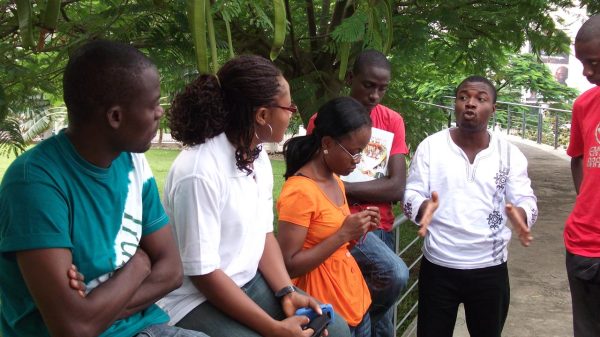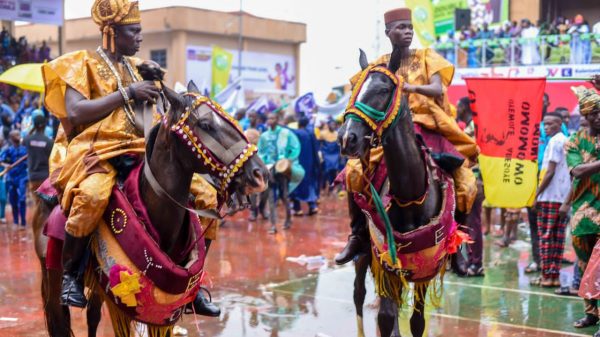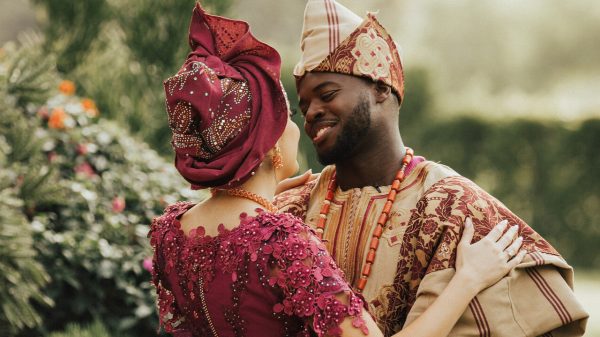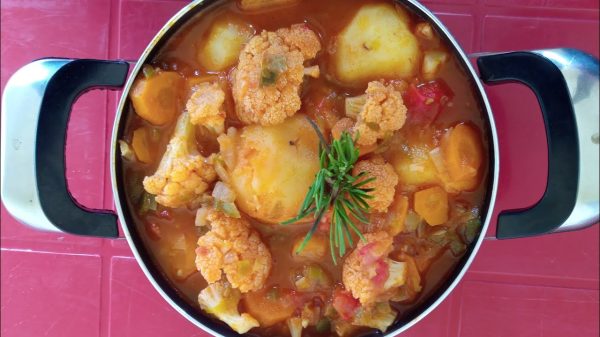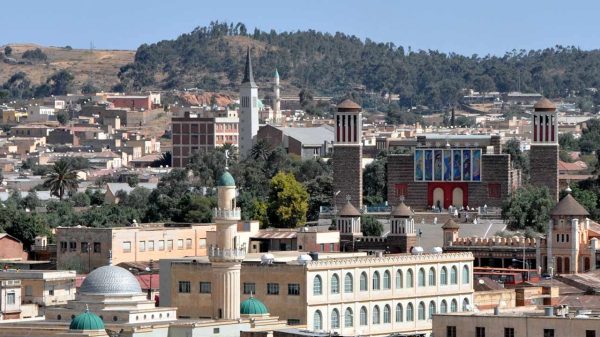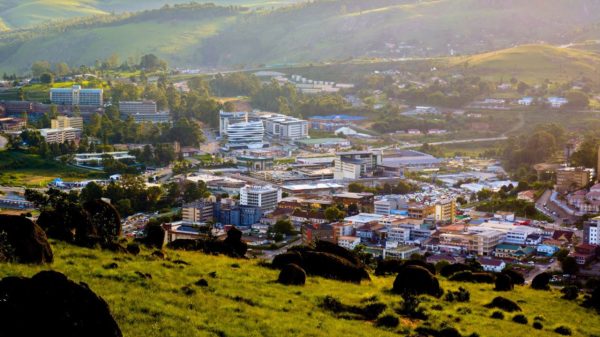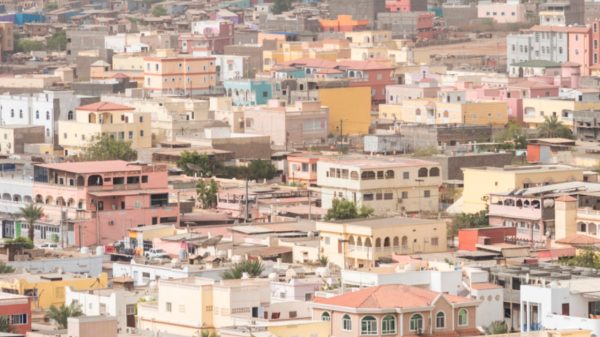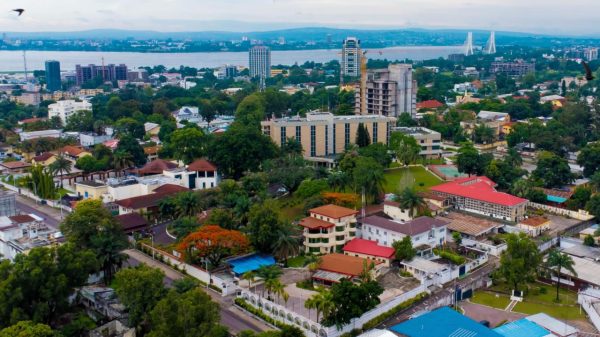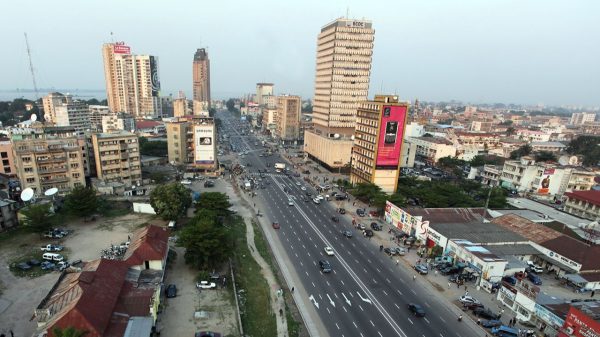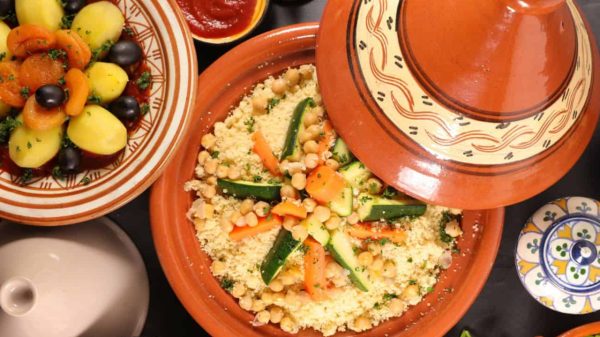Algeria, the largest country in Africa, is a land of rich history, diverse landscapes, and vibrant culture.
From its vast Sahara Desert to the Mediterranean coastline, Algeria offers a unique blend of ancient and modern influences. This North African nation boasts fascinating historical sites like the Roman ruins of Timgad and the prehistoric cave paintings of Tassili n’Ajjer. Its economy is heavily reliant on oil and gas, making it a key player in global energy markets.
Algeria’s cultural heritage is a mix of Berber, Arab, and French influences, reflected in its language, cuisine, and traditions. Here are 15 intriguing facts!
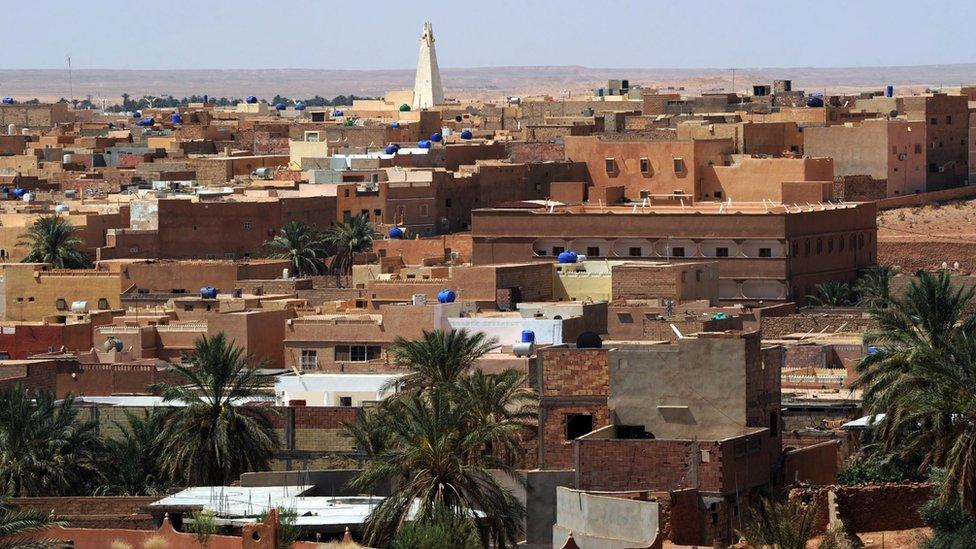
1. Expansive Sahara Desert
Covering over 90% of Algeria’s 2.38 million square kilometers, the Sahara dominates the country’s landscape. It forms a major portion of the world’s largest hot desert, showcasing towering sand dunes, rugged plateaus, and mountain ranges such as the Ahaggar Mountains. Despite its arid conditions, this vast region supports distinct ecosystems and is home to approximately 3.6 million people, roughly 10.5% of Algeria’s population.
2. Prehistoric Wonders
Algeria holds an invaluable prehistoric legacy, particularly in Tassili n’Ajjer, a UNESCO-listed site famous for its extensive rock art. Spanning 72,000 square kilometers, the site houses over 15,000 ancient engravings and paintings, some dating back 12,000 years. These artworks illustrate early human life, depicting wild animals, cattle, and communal activities. Additionally, archaeological discoveries in Ain Boucherit, including tools estimated to be 2.4 million years old, suggest North Africa’s significant role in early human evolution.
3. Berber Ancestry
The indigenous Berbers, also known as Amazigh, have shaped Algeria’s identity for thousands of years. Traditionally organized in tribal societies, their cultural influence remains strong, particularly in regions like Kabylie. Notable historical figures such as Queen Dihya and Lalla Fatma N’Soumer played pivotal roles in resistance movements. The Berber language, Tamazight, gained national status in 2002 and was officially recognized in 2016, reinforcing the community’s enduring presence.
4. Roman Relics
Algeria is home to some of North Africa’s most impressive Roman ruins. The city of Timgad, founded under Emperor Trajan in 100 AD, is renowned for its perfectly preserved grid layout, a 3,500-seat theater, and the 12-meter-high Arch of Trajan. Djémila, another remarkable site, stands at 900 meters above sea level and features basilicas, forums, and an amphitheater. Both sites, designated UNESCO World Heritage landmarks, offer a glimpse into the grandeur of Roman urban planning.
5. Ottoman Architectural Legacy
Algeria’s architectural heritage is deeply influenced by the Ottoman era, visible in its mosques and palaces. The Ali Bitchin Mosque, built in 1622, and the New Mosque (Djamaa el-Djedid), completed in the 1660s, showcase distinctive Ottoman features such as domed structures and intricate tilework. Unlike other Ottoman territories, however, Algerian mosques retained square minarets, reflecting a unique fusion of local and foreign styles.
6. Fight for Independence
Algeria’s path to sovereignty was marked by the brutal War of Independence (1954–1962) against French colonial rule. Spearheaded by the National Liberation Front (FLN), the conflict involved guerrilla tactics and resulted in an estimated 350,000 to one million Algerian deaths. Over two million were displaced before the war concluded with the Évian Accords in 1962. A national referendum soon followed, with 99.72% voting for independence, which was officially declared on July 5, 1962.
7. Multilingual Society
Algeria’s linguistic landscape is highly diverse. While Modern Standard Arabic and Tamazight are the official languages, Algerian Arabic (Darja) is the most widely spoken dialect. Berber languages, including Kabyle and Chaoui, are used by about 27% of the population. Despite lacking official status, French remains influential in administration, media, and education, with over 33% of Algerians fluent in it. In recent years, English has been gaining traction, particularly among younger generations.
8. Rich Culinary Tradition
Algerian cuisine is a fusion of Berber, Arab, Ottoman, and French influences. The national dish, couscous, consists of steamed semolina paired with vegetables and meat. Other staples include kesra, a semolina-based flatbread, and makroud, a sweet pastry filled with dates or almonds. Spices such as cumin, coriander, and paprika enhance Algerian dishes, reflecting the country’s vibrant culinary heritage.
9. Tassili n’Ajjer’s Surreal Landscape
Tassili n’Ajjer National Park, a UNESCO World Heritage site, spans 72,000 square kilometers in southeastern Algeria. Its dramatic sandstone formations, shaped by centuries of erosion, create an otherworldly terrain. The park is also a biodiversity hotspot, sheltering rare species like the Saharan cypress and Barbary sheep, alongside prehistoric cave art documenting ancient human life and shifting climates.
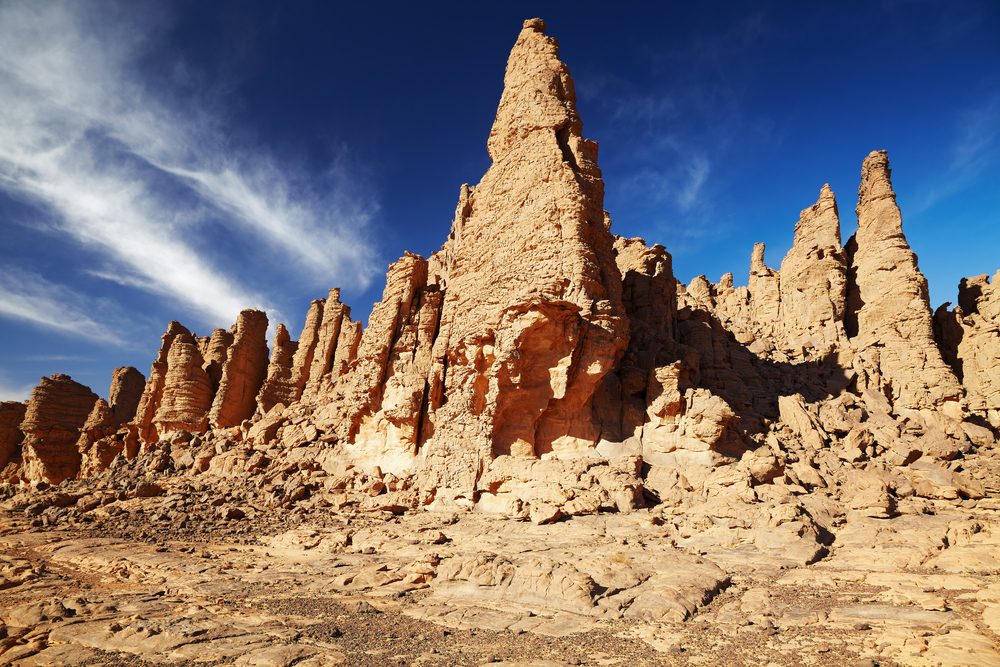
10. Diverse Musical Styles
Algeria’s music scene blends multiple influences. Raï, originating in Oran, combines folk, jazz, and modern beats, made famous by artists like Khaled and Cheb Mami. Chaabi, known for its poetic lyrics, remains a staple in Algerian culture. Andalusian classical music, introduced by Moorish refugees, thrives in cities like Tlemcen, while Berber communities have their own distinct sounds, with legends like Idir and Lounès Matoub shaping the genre.
11. Literary Achievements
Algerian literature has made a profound impact worldwide. Assia Djebar, an influential feminist writer, highlighted women’s experiences in novels such as Fantasia: An Algerian Cavalcade. Kamel Daoud, celebrated for The Meursault Investigation, won the Prix Goncourt and explores themes of colonial legacy and identity. These writers, among many others, continue to shape Algeria’s literary landscape.
12. Time-Honored Handicrafts
Traditional craftsmanship in Algeria includes pottery, carpet weaving, and intricate silver jewelry. In Kabylie, artisans produce handwoven kilims adorned with symbolic tribal patterns. Berber jewelry, characterized by detailed silverwork and coral inlays, has cultural significance, often marking milestones in life. In Beni Abbes, artisans specialize in ceramics and woodcarving, preserving ancestral techniques that remain vital to local economies.
13. Stunning Mediterranean Coast
Stretching over 1,600 kilometers, Algeria’s Mediterranean coastline features breathtaking landscapes and historic cities. Algiers, often called “Algiers the White,” boasts Ottoman-era architecture along its scenic bay. Annaba, home to pristine beaches and the Basilica of St. Augustine, is another coastal gem. With mild summers reaching 30–35°C and winters averaging 10–12°C, the region’s pleasant climate enhances its appeal as a travel destination.
14. Majestic Religious Monuments
Algeria’s religious architecture blends diverse influences. The Djamaa el Djazaïr, inaugurated in 2019, houses the world’s tallest minaret at 265 meters and accommodates 120,000 worshippers. Ottoman-era mosques like Djamaa el-Djedid highlight a mix of North African and Turkish design elements. These landmarks reflect Algeria’s deep spiritual and cultural heritage.
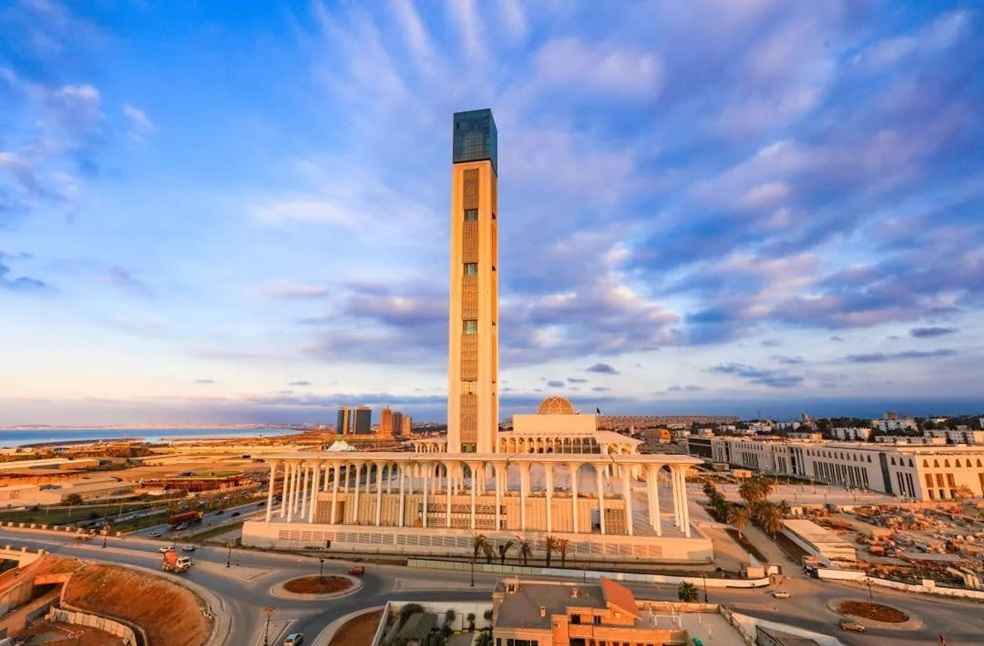
15. Thriving Biodiversity
Algeria’s national parks preserve a wide array of flora and fauna. El Kala National Park, covering 800 square kilometers, encompasses wetlands, forests, and a vast range of wildlife, including the Barbary stag and endangered monk seal. The Tassili n’Ajjer region harbors rare plant species like the Saharan cypress. These conservation areas underscore Algeria’s dedication to protecting its natural environment.
Subscribe to our Newsletter
Stay updated with the latest trends in African Pop Culture!


